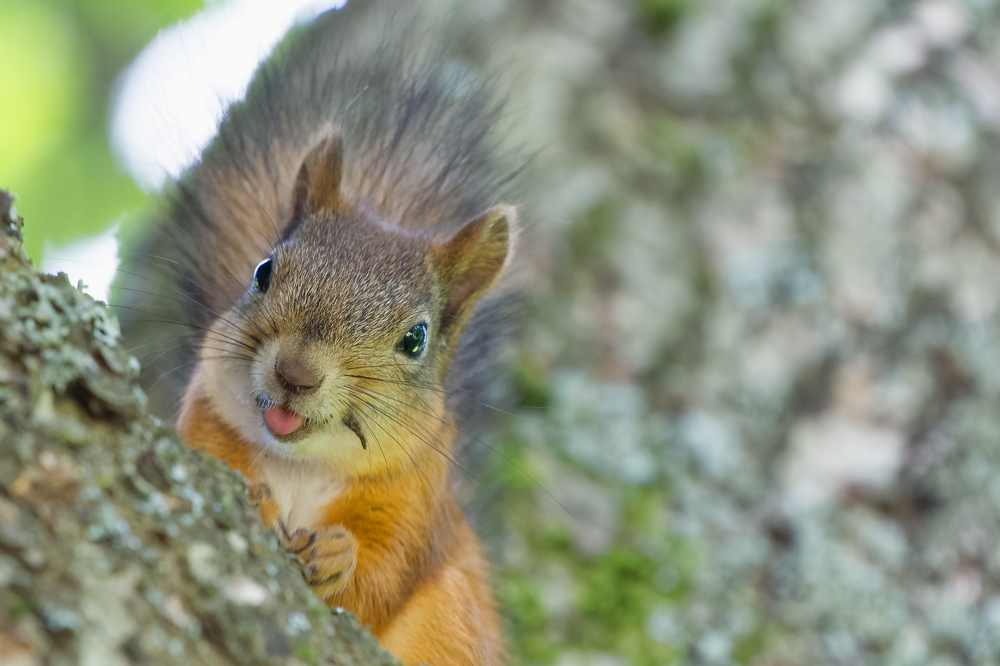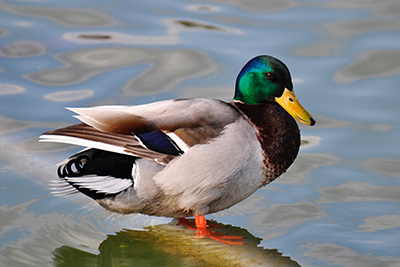
Ever wondered what squirrels get up to when nobody is around? They may be one of the most common garden critters in the UK, but squirrels are remarkable rodents and are full of surprises. Sure, they bury nuts and steal bird feed, but we’re willing to bet there’s a thing or two about these beloved animals that you didn’t know. Read on to find out all about the secret life of squirrels…
1. Squirrels are den builders, and they build their dens (or ‘dreys’) out of twigs and branches. They can be found in the hollow of a tree or even in an attic or barn if the opportunity arises.
2. A squirrel’s diet consists mainly of nuts, fungi and berries. They also love chowing down on different kinds of fruit and are even known to eat bark and sap!
3. Squirrels are active all year round and are very good at adapting to warm and cold temperatures. In winter their fur grows thicker to keep them warm and they are able to use their tail as shelter from the rain.
4. Squirrels are extremely intelligent animals with superb memories. There are documented instances of squirrels remembering human beings.
5. The average lifespan of a squirrel is 2-6 years in the wild. Survival is largely based on the availability of autumn-winter tree seeds. In captivity, they have been known to live for up to 10 years.
6. Squirrels have two breeding seasons; the first litters are normally born in late February and March and the second litters are usually born between June and July. The average litter size is 3 or 4.
7. The reason we don’t see baby squirrels is because they don’t leave the nest until they are fully furred and able to survive independently. This can take 2-3 months so once you spot one it will likely look similar to an adult.
8. Squirrels communicate using a wide range of calls, such as territorial barks and ‘quacking’ noises, but their main form of communication is through the use of their tails. Their tails act as signalling devices, twitching them if they become suspicious of a threat.
9. Squirrels are one of the most important animals for helping the spread of oak trees. They store acorns in the ground but only recover around 70 per cent of them, allowing the forgotten acorns to grow into healthy trees.
10. The red squirrel is officially classed as ‘near threatened’ in England, Wales and Northern Ireland. The loss of woodland over the last century, increased road traffic and predators are all contributing to their extinction.
If you are lucky enough to have red squirrels visiting your garden there are some steps you can take to make life easier for them. Provide a little extra food, plant some red squirrel-friendly shrubs (such as brambles, crab apple and hawthorn) and report any squirrel activity to The Wildlife Trusts
Have you spotted any squirrels recently? Follow us on our socials and share your pictures with us.




